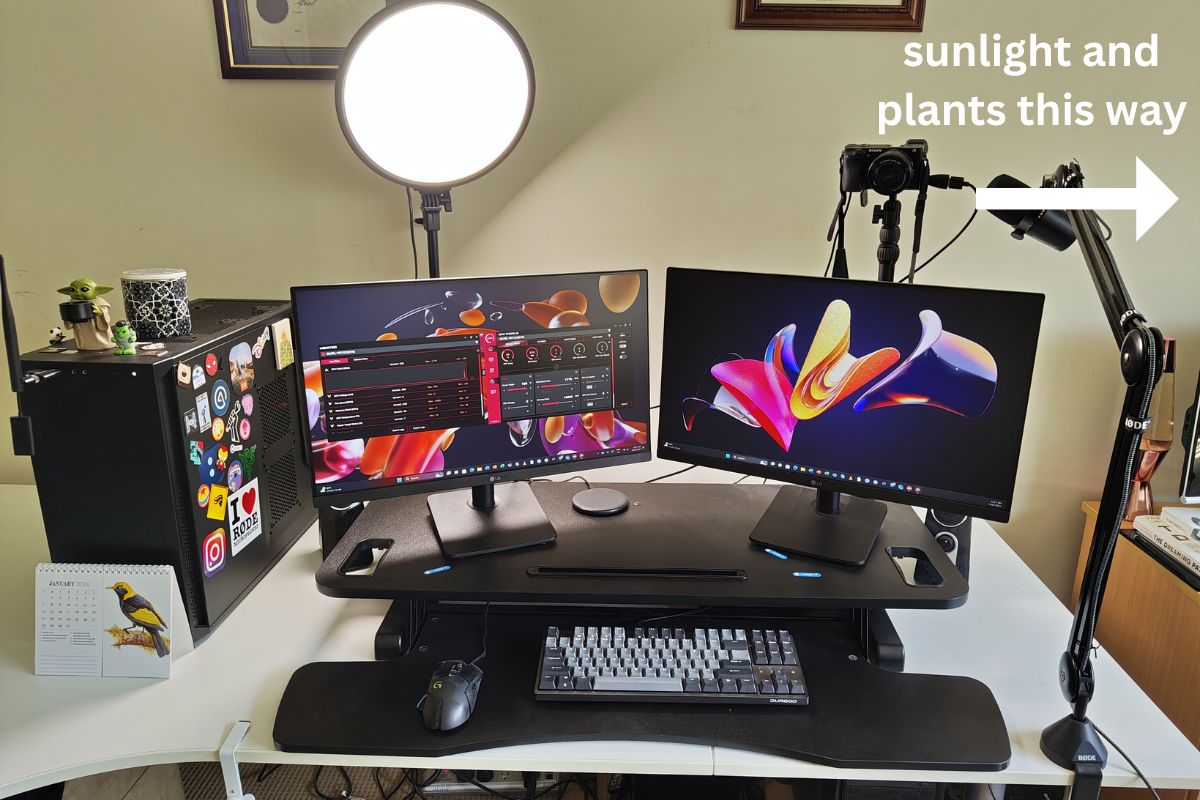
The environments in which we work and play exert an impact on our health and wellbeing. In this blog, which I repost most years, I explore ways to create a study space that is both wellbeing-enhancing but also tuned for productivity. I also link to other similar articles on the topic.
I am a strong proponent of decluttering.
Many years back now, I decluttered my unit. I went through every room, and either threw out, donated or sold stuff that I no longer needed.
I did it having read the now famous book by Marie Kondo ‘the life-changing magic of tidying up’.
I found the process incredibly powerful. I hadn’t realised until I did it how much of an impact all the extra stuff I owned was having on my mood. I still look at the space that was created in the process and feel freer and less constrained.
Many of you reading are probably too young to have really accumulated a lot of ‘stuff’. If you are in your teens or 20’s, you haven’t really had the length of time required to collect a whole lot of useless crap. But those of you who are my age (let’s just go with ‘in my 40’s’) can probably attest to the fact that it is very easy to end up with lots of things. You know you are in trouble, when you are considering getting a storage unit to hold the overflow.
Since that big declutter, I have remained very interested in how your living and work spaces impact your wellbeing and productivity. In this post I explore how to create a study space that elicits wellbeing and productivity. I’ve drawn on a number of resources in doing this, but with a particular focus on research in the area of workplace design and its impacts on employee wellbeing. I’ve also perused a few studies on the best physical environments for learning.
In the first part of this article I am going to assume that you are trying to create a study space in your home, and therefore have some more control over it. Later in the article i’ll talk about what do when you have minimal control over your study space (e.g. having to study in libraries, communal study spaces).
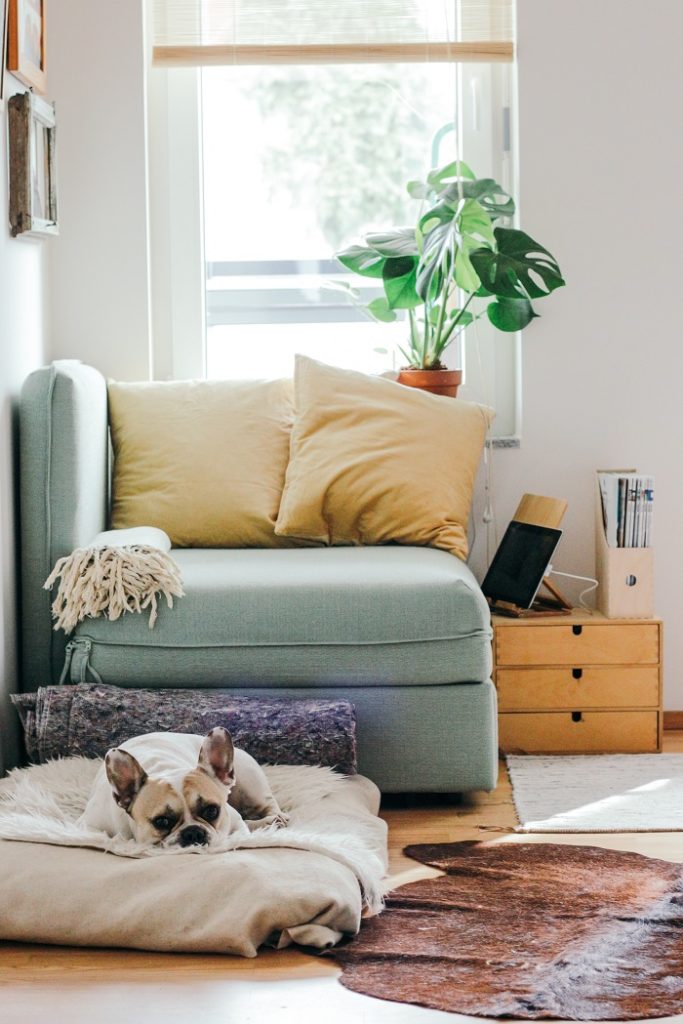
Make it physically comfortable
This includes paying attention to furniture, lighting, clothing, noise levels, temperature, and ventilation.
Aim for comfortable ergonomic furniture with a good seating position. Put the temperature around 20-25°C with some decent ventilation (i.e. fresh air). Keep the noise to a minimum. Voices and conversations are particularly distracting, as are intermittent, less predictable noises.
As far as music goes, you will have to experiment with whether you can effectively study with music playing. White noise might be helpful. Binaural beats might be helpful. Music can however be used to put you in the mood before studying, and help you wind down afterwards. I use heavy rhythmic music to get me focused but then usually have to turn it off within 10-15 minutes of starting a work task, as it becomes distracting. In recent years, I have used a service called Brain.fm to provide good background music. It works for me. Your mileage may vary.
Where possible try to rely on natural lighting but this isn’t always possible. Artificial lighting preferences will vary a bit between individuals. Try to have a few lighting options (e.g. overhead, lamps, natural light) so you can modify it as needed. For example, during the day you might be able to use natural light, but at night you may need a desktop lamp to keep your desk space properly illuminated. There are multiple different bulb choices now, so some experimentation might be required. Andrew Huberman (see further resources at end of article) suggests overhead bright lighting for the first 8 hours of the day, transitioning to lower intensity base light as you move past mid/late afternoon. This article focuses on natural light.
If you can incorporate nature into your workspace, there appears to be a positive argument for doing so in terms of task performance and creativity. This might mean bringing nature into the workspace itself (e.g. indoor plants) or having nearby access to nature for breaks or a bit of day-dreaming action.
Finally, wear comfortable clothes. If you are in the privacy of your own home/space, then you can be as comfortable as you like (hooray ugg boots!). I don’t recommend wearing your pyjamas though. Changing into day clothes is an important signal to your brain that you are shifting from sleep/relax mode to productivity mode.
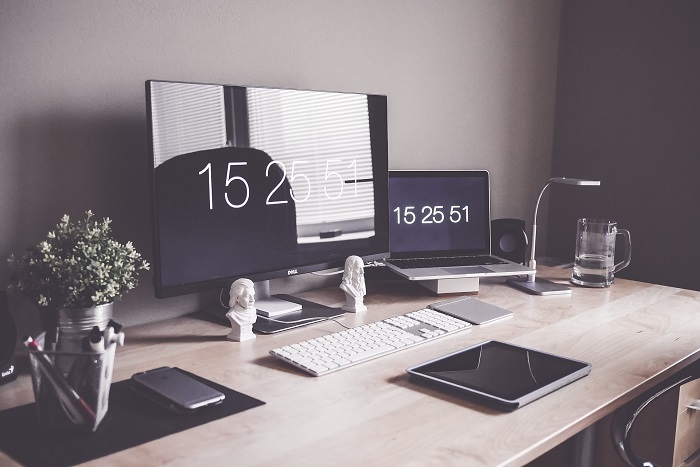
Make it functional
In addition to being comfortable, your space needs to be practical (sometimes it is called functional comfort).
This means having to hand all the various things that you will need to study such as computer, stationary, paper, textbooks, and internet connection. The idea is that you don’t need to leave the space in order to do your study. This might mean bringing in additional furniture items like filing cabinets, bookshelves. It might also mean having some useful electronic gear like printers and scanners nearby.
Functionality sometimes includes having food/snacks nearby, although I would generally encourage people to separate out the tasks of eating and studying, as it is easy to fall into the trap of consuming large numbers of ‘study calories’ without even realising it. Having regular breaks should ensure that you have plenty of opportunities for eating. Having water, or a Kettle and some tea nearby however is a good thing.
At the core of making a space functional is ensuring that the space makes it easy to do the things you need to do, but hard to do the things you don’t. Think of your attention and energy as finite resources that you want to allocate to study, and not to other things. So set up your space so it is very easy to read, take notes, create self-test cards, and type on the computer. In contrast, make it hard to access obvious distractions: tv, mobile phone, unrelated books, chatting with others, which brings me to……
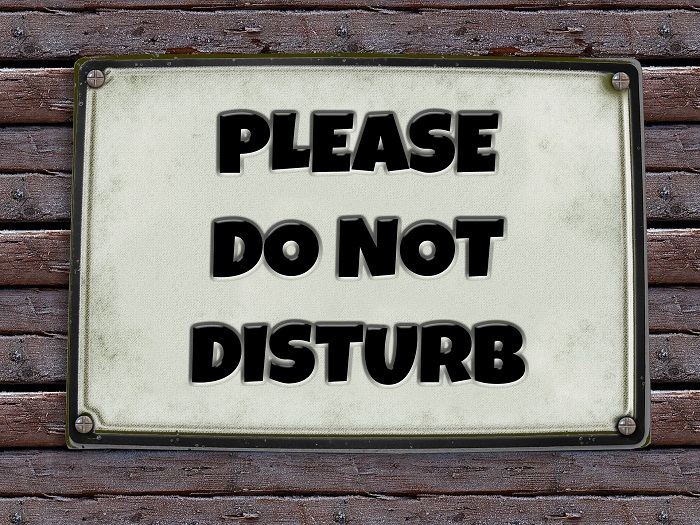
Make it low distraction
Honestly, this is the one I struggle with the most.
The most common distractions are people, conversations, and digital media. Where possible set up your space to be away from areas where people congregate to talk or are likely to talk to you. It can be incredibly difficult to focus on work when there is conversation nearby, as our brains are wired to tune into that conversation. Generally, privacy is better. Despite this being a fairly consistent finding, workplaces still insist on open-plan offices.
When studying, set your phone on silent or at least turn most notifications off. Put the phone in a drawer, so it is not easily to hand. Resist the temptation to have email and messaging programs open whilst you work. Instead, set dedicated times to check emails during the day. I’m a fan of checking email at the most, twice per day.
Social media (Facebook, X, YouTube) are massive time stealers and unless you are using them quite strategically (e.g. to talk about what you are learning, to form a study group), they will likely cause more harm to your study than good. Does this mean give them up? Not at all but use your break times to engage on social media.
Fortunately, there are tools available to limit your browser use (e.g. Stayfocusd) and tools to limit your mobile phone use. Also, both Apple and Google have introduced time management tools into their mobile operating systems.
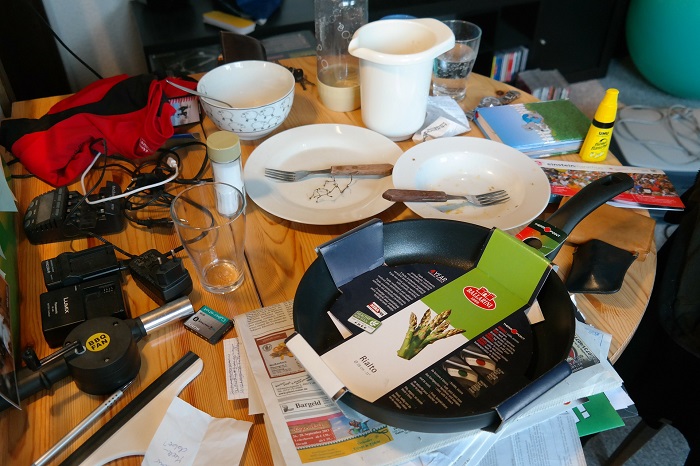
Remove clutter
Studying can be a messy process and it is perfectly normal to end a study session with papers and books lying everywhere. However, it is important to regularly clean and tidy your study space.
The best way to encourage this is making sure there is a proper home for all of your study materials: textbooks, papers, stationary, etc. If everything has a proper home (e.g. drawer or shelf), it is effortless to return things to their rightful spot, and therefore much quicker to clean your space but also reorient yourself to the space at the beginning of a study session.
It is also important to pay attention to the broader level of clutter in the room in which you are studying. Your desk might be nicely organised, but if the room is cluttered and untidy, it will continue to exert a negative effect on you when you use that room. For most people, the presence of clutter is associated with poorer wellbeing, even if they are not totally mindful of it. Deciding to declutter doesn’t require you to buy a book or follow a complex process. Simply review each item in the room and make a decision to keep, donate, sell, or throw-away. If you keep, find a proper home for the item.
Once you’ve cleared a space of clutter, you then get to the more fun part……

Make it uniquely you
The step beyond decluttering is decorating. Having removed the stuff that makes you feel worse, you now replace some of it with stuff that makes you feel good.
This is about crafting your study space so it contains elements that reflect your unique personality and interests. It is about making it your territory and feeling a sense of ownership over the space. For me that includes setting up indoor plants and the occasional pop culture collectible.

I also like to “decorate” my workspace with items that help remind and inspire me in relation to the work I am doing. For example, at my home office I tried to find reasonably attractive ways of including my camera and microphone in the desk setup so I am always encouraged to do more digital content creation (e.g. video lectures).
How you decorate your workspace is a very personal thing. My only cautions relate to the 2 previous points. Don’t decorate to the point of clutter and don’t decorate to the point of distraction. A workspace that inspires engagement with unrelated but potentially more enjoyable activities might not be the best plan.

Take breaks
Just because you create a cool study space does not mean you should hours in it at a time. Regular breaks (e.g. 5-10 minutes every hour) are useful for a number of reasons:
- they break up sedentary behaviour, which is well known to be related to poorer physical health
- breaks are where you can eat or go on social media, or engage in other enjoyable activities that give your day balance
- quiet breaks, where you remove yourself to a different room and simply rest are associated with better memory retention of material you have just studied
- breaks where you go outside are a chance for your eyes to widen their gaze and relieve tension of having been focused on a screen for so long
- you want your study space to become associated with regular high quality study, not uncomfortable or aversive study marathons
- spending time in nature helps reset our attentional mechanisms, so we can focus for longer
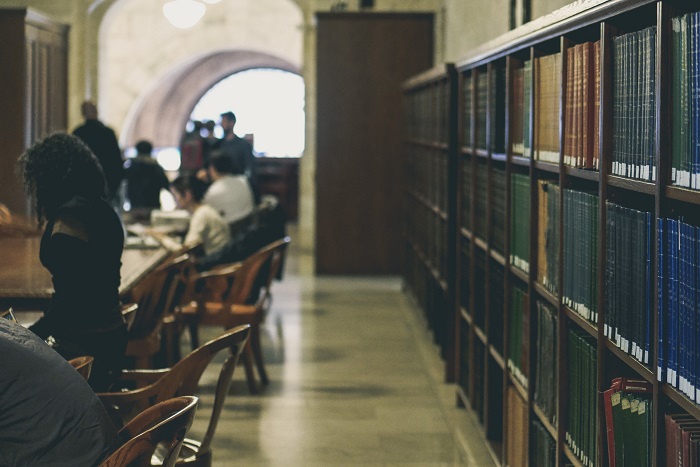
This is all fine and dandy, but what about if I have to study at the library or a public place where I don’t have as much control?
For many students, the bulk of their study happens in public settings. It is much harder to create a space that is your own, when you are limited by where you are. There are ways however to capture the essence of the points above, even if you are in a public space.
a) Look for spaces that have the best combination of privacy, airflow, temperature, natural light, and noise levels.
b) Where possible find a spot that you can return to on a regular basis, so it feels more like your own.
c) Consider the bag in which you carry all your study stuff. Does it have everything you need to study: laptop, stationary, paper, articles, healthy snacks, photocopy card, etc? Think of your bag like a mini office that you are carrying around with you.
d) Lay out your desk in the same way each time, so you build study routines that mean you waste very little attention on extraneous factors.
e) Carry a few personal items on you, that bring you joy. Set them up before you study.
f) Remember to still take breaks.
The other thing to consider is that needing to study in a public place opens up opportunities for you to consider alternative study setups. For example, you might start a study group of 3 or 4 of your fellow students. Instead of studying alone, you all agree to review and test each other on recently taught material. Harness the fact that you might not always be able to study alone.
Some other excellent articles on the topic:
Andrew Huberman (neurobiologist) has a great podcast on optimising your workspace for productivity, focus and creativity. You’ll learn some fascinating stuff about lighting, sound, the role of vision in concentration and sit-stand desks – https://hubermanlab.com/optimizing-workspace-for-productivity-focus-and-creativity/
I like this article on creating spaces for autistic people to thrive – https://www-psychologytoday-com.cdn.ampproject.org/c/s/www.psychologytoday.com/au/blog/insights-about-autism/202011/6-ways-create-autistic-spaces-work?amp – it tackles the broader issue of creating safe spaces for neurodiverse individuals.
I am not the only person to have pondered the question of how to set up your study space. If you are looking for more reading in the area, try these.
https://www.lifehacker.com.au/2016/07/five-ways-to-optimise-your-workspace-for-productivity/
https://www.upskilled.edu.au/skillstalk/archive/5-tips-for-creating-the-ultimate-study-space.aspx
https://www.wikihow.com/Make-a-Study-Space
Share your study space
Have you tricked out an amazing study space? Would you consider sharing? I’d love to enhance this article further with great examples of students’ study spaces.


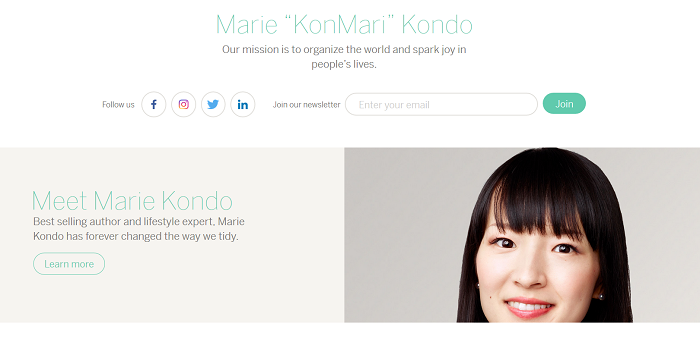
I seem to focus and flow better if I have tidied up first and my space is ready. I do like the essential oils as well as natural light. I have a decent light when I’m studying at night time. I have a photo but can’t attach it. 🙂
Hey Karen – thanks for sharing! I like the idea of having a tidy ‘ritual’ that precedes doing some work. I also hadn’t thought about the essential oils, but smell might be a great sense to harness in the context of learning.